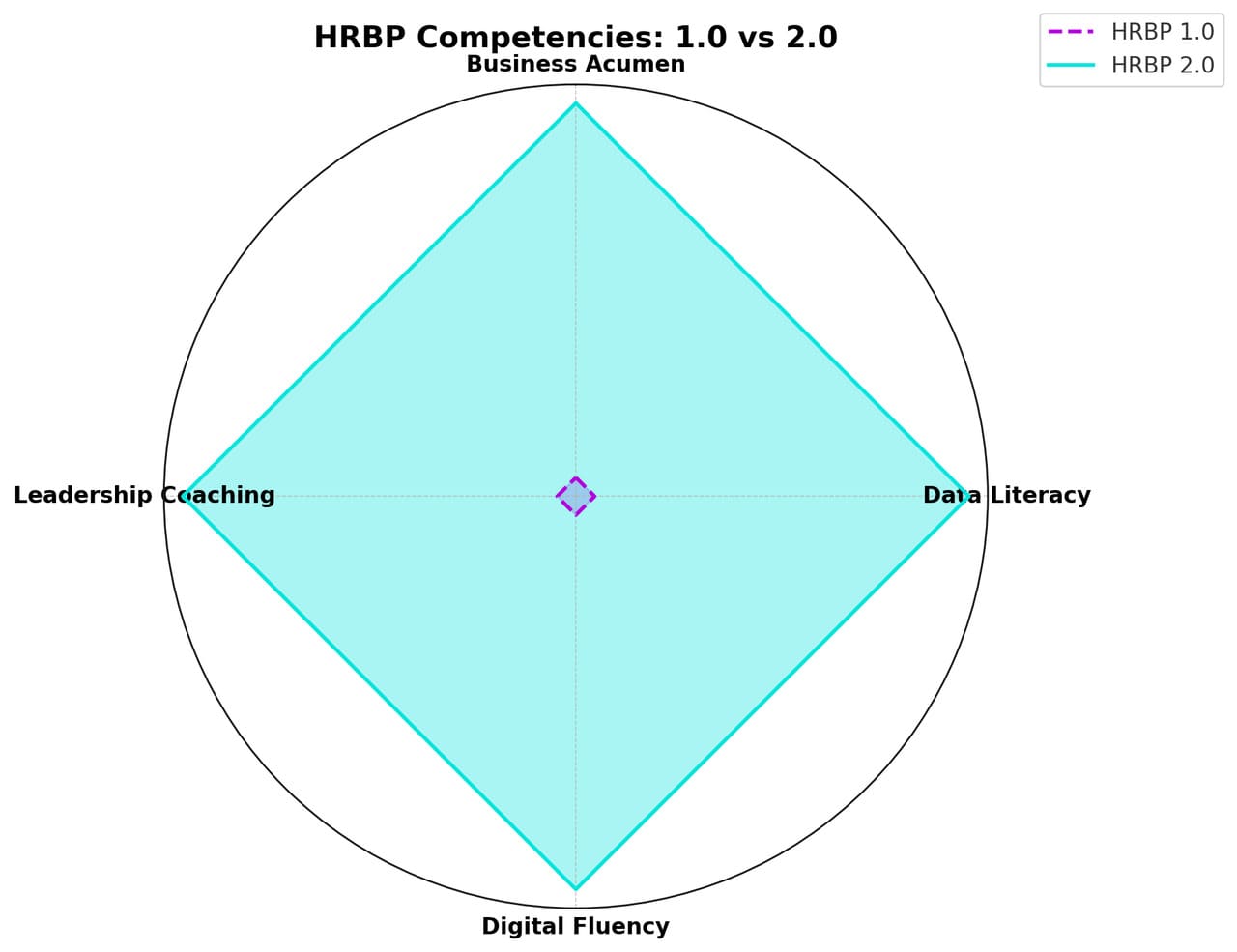HRBP 2.0: Why Your HR Partner Must Speak the Language of EBITDA, Not Just the Labor Code
- Introduction: The Disconnect Between HR and Business
- From Administrator to Strategist: Why the Old Model No Longer Works
- The Finnish Context: The HR Strategist as a Guardian of Trust and Sisu
- The HRBP 2.0 Mindset and Skillset: What Has Changed
- Case Study: How an HRBP Transformed a Production Company in Turku
- Conclusion: Is Your HR an Asset or a Liability?
Introduction: The Disconnect Between HR and Busines
Many CEOs across Finland and the Nordics privately admit to the same frustration: “Why is my HR department talking about policies and procedures when I’m talking about market share and profit?” This communication gap costs companies dearly, slowing down growth and innovation. The answer to this challenge is the evolution of the HR Business Partner (HRBP) role to version 2.0—a model where HR is not a cost center, but a profit driver.
From Administrator to Strategist: Why the Old Model No Longer Works
The traditional HRBP (let’s call it 1.0) was essentially a high-level administrator. Their job was to ensure legal compliance, manage personnel records, and solve operational problems. It was an important but reactive role.
Today, that is critically insufficient. In a world of rapid market changes, a global war for talent, and hybrid work models, people and culture have become the ultimate competitive advantage. As reports from firms like Deloitte have shown, companies where the HR function is a strategic partner demonstrate significantly higher growth and profitability. The old, process-oriented model is simply incapable of managing a company’s main asset: its human capital.
The Finnish Context: The HR Strategist as a Guardian of Trust and Sisu
In the Finnish business model—built on flat hierarchies, trust, and a high degree of autonomy—the role of a strategic HRBP is especially critical. Here, the HRBP is not a controller but a facilitator and coach. Their task is to help business leaders align the immense potential of their employees (their high level of education, responsibility, and famous Sisu) with strategic objectives.
The HRBP 2.0 becomes the guardian of the high-trust culture, turning it from an abstract value into a measurable business asset. They ask not, “How do we process this new hire?” but rather, “How do we create an environment where this talented engineer can deliver maximum value to the business?”
The HRBP 2.0 Mindset and Skillset: What Has Changed
This evolution requires a fundamental shift in both mindset and competencies.
- Business Acumen: The HRBP 2.0 is fluent in the language of business. They understand what a P&L and EBITDA are, they read financial reports, and they can explain how an engagement initiative will impact the bottom line.
- Data Literacy: Instead of just reporting on turnover rates, they use analytics to predict flight risks among key employees and model the financial impact of new motivation programs.
- Digital Fluency: They see HR technology not as a tool for automating routine tasks, but as a strategic instrument for solving business problems.
- Leadership Coaching: They act as a trusted advisor to department heads, helping them develop their leadership skills and manage their teams more effectively.

But how can a strategic HRBP translate abstract goals like “improving collaboration” or “living our values” into concrete, measurable data? This is where modern digital platforms become a strategic tool. For example, a platform like AlbiCoins provides the HRBP 2.0 with real-time data on the “health” of the company culture.
By enabling employees to recognize each other for actions that align with company values, it transforms abstract cultural concepts into a measurable data stream. The HRBP can then analyze this data to see which values are truly being practiced and which teams need support. This is no longer administration; it is using technology to provide strategic insights to business leaders.
Case Study: How an HRBP Transformed a Production Company in Turku
A Finnish manufacturing company was facing high turnover among its experienced engineers and technicians. The HRBP 1.0 addressed the problem conventionally: by increasing recruitment efforts. The new HRBP 2.0, however, started by analyzing data and discovered a complete lack of recognition for craftsmanship (ammattitaito) and mentorship. He convinced management to implement a digital platform where employees could reward each other with “coins” for sharing expertise and solving complex technical problems. Within a year, turnover among key technical specialists decreased by 18%, and the number of internal innovation proposals increased by 25%.
Conclusion: Is Your HR an Asset or a Liability?
The HRBP 2.0 role is no longer an option—it is a prerequisite for success. It is the critical link that connects a company’s most valuable asset—its people—with its most important goals: growth and profitability.
As a leader, ask yourself: Is my HR partner helping me win in the market, or are they just managing paperwork? The answer will determine your company’s trajectory for years to come.
References:
- The HR Business Partner Model: A Critical Review and Future Directions
A comprehensive academic review from Cranfield University that examines the evolution, challenges, and future of the HRBP model in practice. - Strategic human resource management and public sector performance: context matters
An article in Public Management Review by researchers from Finnish and Dutch universities, discussing how strategic HRM practices, enabled by HR partners, link to organizational performance. - The new possible: How HR can help build the organization of the future
A forward-looking report from McKinsey & Company outlining the critical shifts required for the HR function to become more strategic, agile, and value-oriented. - HR business partnering 2.0: The next generation of HR
A publication from PwC that defines the next generation of HR business partnering, focusing on the new skills and capabilities needed to drive business value. - From Seeing to Daring and Doing: A Study of the Strategic Competence of Finnish HR Directors
A doctoral dissertation from the University of Jyväskylä (Finland) that provides deep insights into the strategic competencies and roles of HR leaders within the specific Finnish business context.


